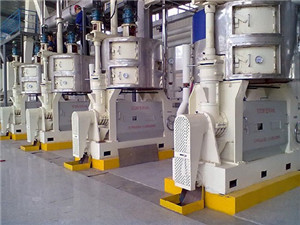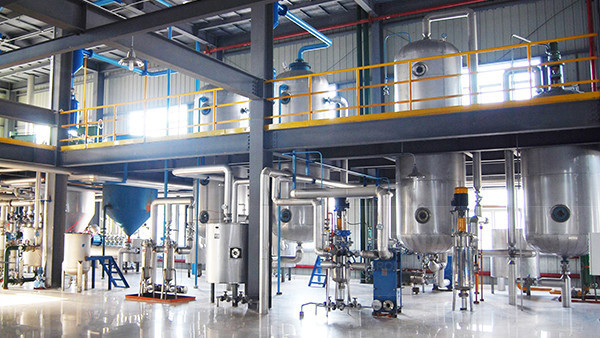In the ever-evolving field of food processing, edible oil refining machines play a pivotal role in ensuring the quality and safety of the oils consumed by millions. This article provides an in-depth analysis of how these machines operate, addressing the common challenges faced in the oil purification process.
Raw edible oils often contain impurities, free fatty acids, and undesirable flavors that can compromise their quality. These factors can lead to reduced nutritional value and negative health impacts for consumers. Consequently, the need for effective refining processes is critical for producers aiming to meet quality standards and consumer expectations.
Edible oil refining machines utilize a series of processes to ensure that oils are adequately purified. The primary stages include degumming, neutralization, bleaching, and deodorization.
This initial stage removes phospholipids and other impurities from the raw oil, preparing it for subsequent processes. Effective degumming results in a cleaner oil which is essential for safe consumption.

This phase addresses acidity levels in the oil, typically using an alkali solution to neutralize free fatty acids, thus improving flavor and stability.

In this stage, adsorbents are added to the oil to remove color pigments and further impurities, resulting in a product that is appealing in appearance.
This final process employs steam distillation to remove volatile compounds that cause undesirable odors and flavors, ensuring that the oil conforms to consumer preferences.

The advancements in edible oil refining technology significantly enhance the safety and quality of oil products. By understanding the workings of these machines, producers can make informed decisions that contribute to sustainable business growth. As the demand for high-quality edible oils continues to escalate, integrating advanced refining techniques will be critical for success in the industry.
Manufacturers should remain informed on emerging technologies in oil processing. Continuous education and adaptation to new methods will ensure that businesses not only meet regulatory requirements but also stand out in a competitive marketplace.


